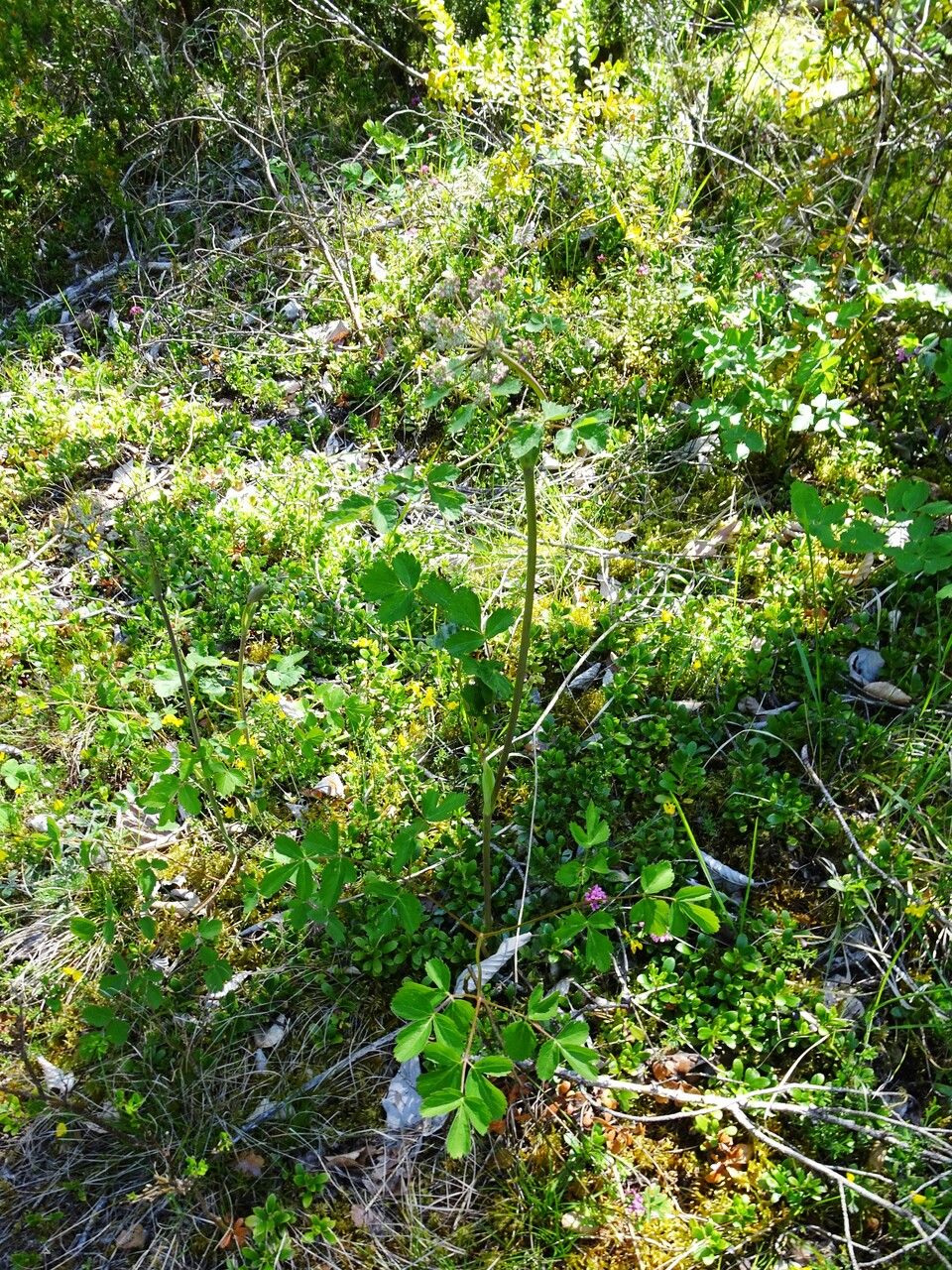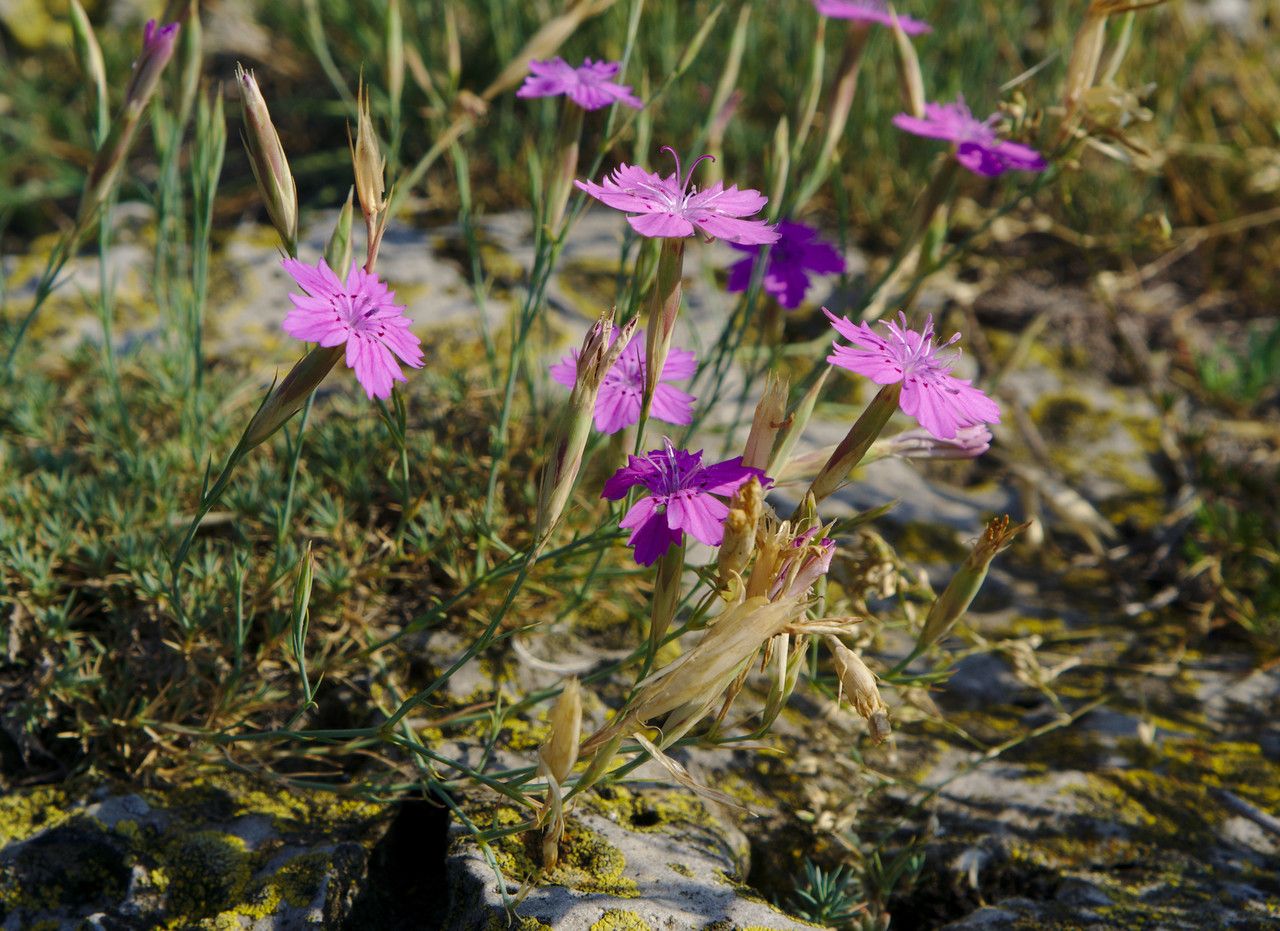## Crested Dog's-Tail: A Comprehensive Guide
The Crested Dog's-tail ( *Cynosurus cristatus*), a charming member of the Poaceae family, is a perennial grass often found gracing meadows, pastures, and even lawns across the globe. Its distinctive feathery flower heads give it an elegant, almost ornamental appearance, making it a captivating addition to various landscapes. This comprehensive guide will delve into the intricacies of this fascinating plant, covering its characteristics, growth habits, and care requirements.
### Identification and Characteristics
Crested Dog's-tail is readily identified by its unique inflorescence—a dense, spike-like cluster of spikelets. These spikelets are compressed and arranged in a one-sided manner, creating the characteristic ‘crested’ appearance that gives the plant its common name. The individual spikelets are small, pale green to yellowish-green, and contain several florets. The leaves are typically narrow, flat, and smooth, with a vibrant green hue. The plant generally grows to a height of 10-60cm (4-24 inches), creating a dense, tufted appearance.
### Habitat and Growth
This adaptable grass thrives in a variety of environments, showcasing its versatility. It prefers full sun to partial shade conditions and well-drained soil. It's often found in neutral to slightly alkaline soils, tolerating a wide range of soil pH levels. While it can cope with drier conditions, consistent moisture will lead to more vigorous growth. Crested Dog's-tail is known for its tolerance to foot traffic making it a suitable choice for pathways or high-use areas within a lawn.
### Cultivation and Care
Cultivating crested dog's-tail is relatively straightforward. Sow seeds directly into the prepared soil in spring or autumn, ensuring the soil is well-prepared and free of competing weeds. Maintain consistent moisture until germination occurs. Once established, crested dog's-tail is relatively low-maintenance, requiring minimal watering, especially once established. Regular mowing to maintain the desired height is crucial, typically at a height of 2-4 inches. Fertilization is generally not required unless soil testing reveals deficiencies.
### Uses and Benefits
Crested Dog's-tail serves multiple purposes. Historically, it was an important pasture grass, providing valuable forage for livestock. Its fine texture and ability to withstand moderate foot traffic make it suitable for lawns, particularly in areas experiencing some degree of wear. The attractive appearance also lends itself to use in ornamental gardens, adding textural interest to borders and wildflower meadows.
### Potential Considerations
While generally a low-maintenance plant, there are a few considerations. In some regions, crested dog's-tail can become somewhat invasive if not managed properly. Competition from aggressive weeds may hinder its establishment, so proper weed control before planting is advised. Also, ensure proper drainage to avoid root rot.
### Conclusion
The Crested Dog's-tail is a versatile and attractive grass with a wide range of uses. Its ease of cultivation and tolerance to various conditions make it a desirable choice for gardeners and landscapers alike. Understanding its characteristics and needs will ensure its successful integration into any landscape design, providing beauty and functionality for years to come.
Crested Dog's-Tail: Complete Guide & Care Tips

Frequently Asked Questions
How to care for crested dog's-tail grass?
Crested dog's-tail needs well-drained soil and full sun to partial shade. Regular mowing (2-4 inches) is recommended. Water consistently after sowing seeds but less frequently once established. Fertilization is usually unnecessary unless soil testing reveals deficiencies.
Is crested dog's-tail a good lawn grass?
Yes, it's a suitable option for lawns, particularly in areas with some foot traffic. Its fine texture and ability to withstand moderate wear make it a good choice. However, it might need weed control to prevent competition from other aggressive weeds.


